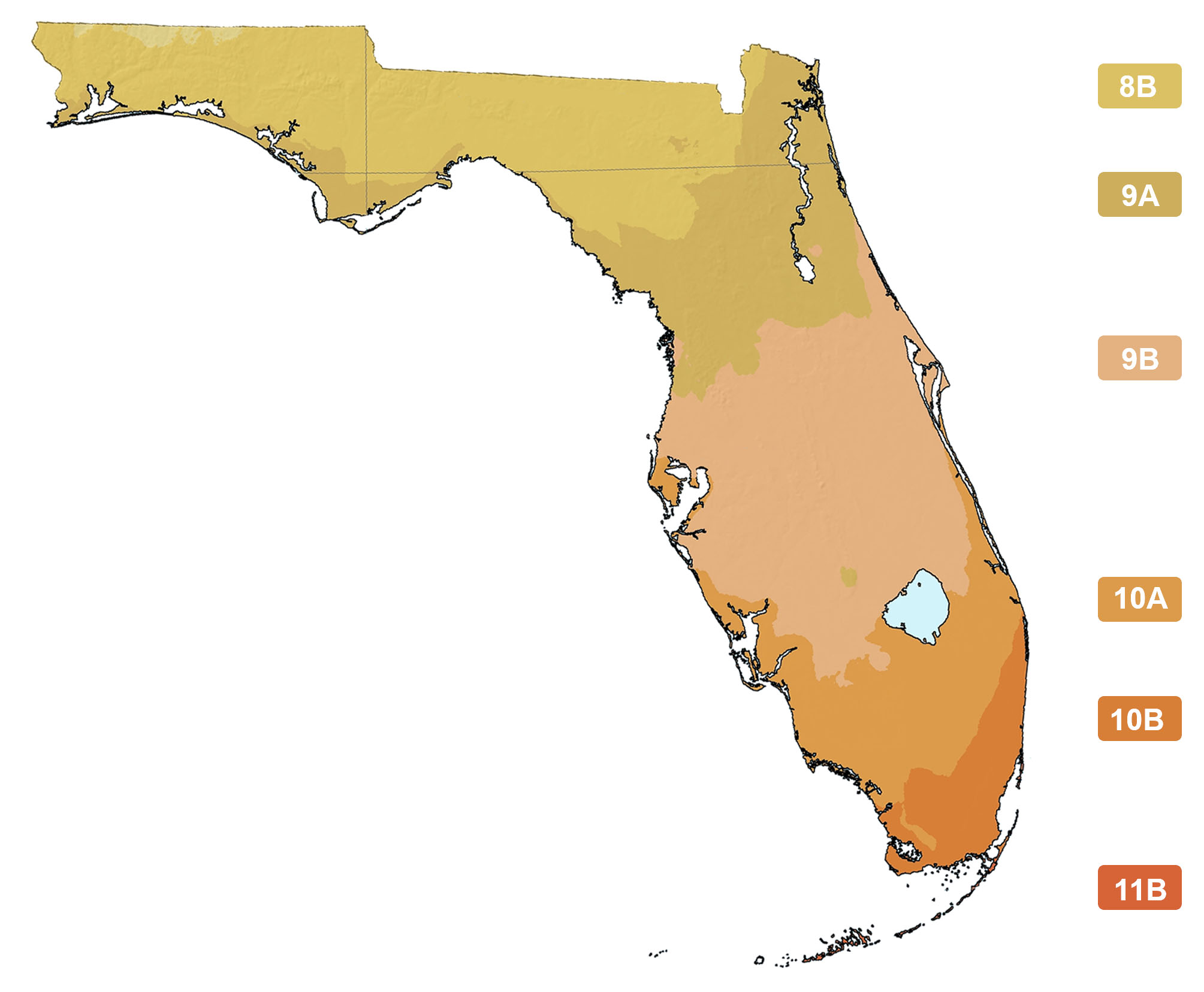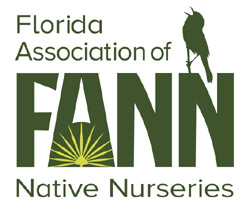Avicennia germinans
Photographs belong to the photographers who allow use for FNPS purposes only. Please contact the photographer for all other uses.
Black Mangrove
Avicenniaceae
Plant Specifics
| Form: | Tree | |
| Size: | 15 to 40 (60) ft tall by 10 to 30 ft wide | |
| Life Span: | Long-lived perennial | |
| Flower Color: | White | |
| Fruit Color: | Green | |
| Phenology: | Evergreen. Sends up pheumatiphores. Seeds germinate on the tree. | |
| Noted for: | Hurricane wind resistance |
Landscaping
| Recommended Uses: | Valued as a shoreline stabilization plant. Can also be used for screening. | ||||||||||||||||||||||||||||||||||||||||||
| Propagation: | Seed, but more often by propagule, which form while still attached to the mother plant. | ||||||||||||||||||||||||||||||||||||||||||
| Availability: | Native nurseries, Seed | ||||||||||||||||||||||||||||||||||||||||||
| Light: | Full Sun | ||||||||||||||||||||||||||||||||||||||||||
| Moisture Tolerance: |
always floodedextremely dry |
||||||||||||||||||||||||||||||||||||||||||
| (Stays Wet ----- to ----- Stays Wet) | |||||||||||||||||||||||||||||||||||||||||||
| Moisture Tolerance: | Stays Wet ----- to ----- Stays Wet | ||||||||||||||||||||||||||||||||||||||||||
| Salt Water Flooding Tolerance: | Tolerant of frequent or regular inundation (usually areas with tidal inundation) | ||||||||||||||||||||||||||||||||||||||||||
| Salt Spray/ Salty Soil Tolerance: | High. Can tolerate significant and ongoing amounts of salty wind and salt spray without injury. | ||||||||||||||||||||||||||||||||||||||||||
| Soil or other substrate: | Marine alluvium, Sand | ||||||||||||||||||||||||||||||||||||||||||
| Soil pH: | |||||||||||||||||||||||||||||||||||||||||||
Ecology
| Wildlife: |
Provides good cover for birds and other wildlife. | |
| Insects: | Larval host for mangrove buckeye (Junonia evarete) butterfly. Nectar plant for a variety of pollinators including the great southern white (Ascia monuste) butterfly. Nectar used by butterflies. Pollinated by bees, wasps, and flies. (Landry, 2013). | |
| Native Habitats: | Coastal mangrove wetlands, usually somewhat upland of the red mangrove(Rhizophora mangle) when found together. |
Distribution and Planting Zones
Natural Range in Florida
USDA Zones
Suitable to grow in:
10A 10B 11 9A 9B

USDA zones are based on minimum winter temperatures
Comments
| General Comments: | The common name black mangrove is a reference to the color of the trunk and heartwood. The plant excretes salt from its leaves, an adaptation to a saline environment. Pneumataphores rise above the substrate and make this an important plant for coastline erosion prevention. This is a protected plant and you may not trim back or gather propagules without permission. |
.JPG)


